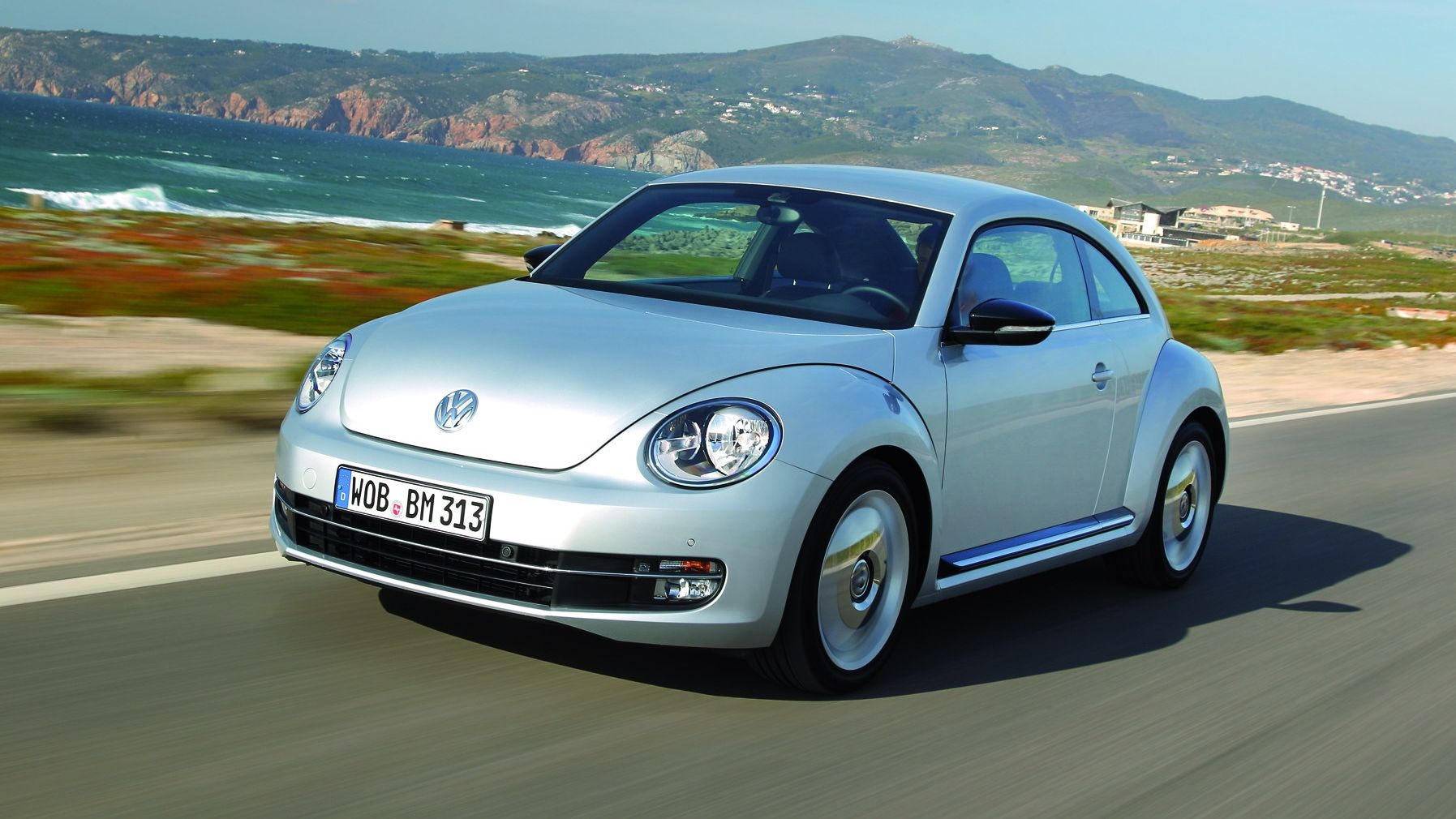Producing more models on modular platforms and joining (or creating) niches has always been part of a manufacturer's strategy to increase sales and dominate the market. But cost-cutting measures are also part of the game, and, unfortunately, it often means that models that aren't doing well sales-wise have to go. This is exactly what's happening now at Volkswagen,->ke94 the world's second-largest automaker, which plans to reduce costs by five billion euros ($5.3 billion as of 03/11/2015) while aiming to best Toyota->ke88 as the world's top-selling carmaker. As reported in February, the Eos->ke268 is the first model to get the axe, but word has it the Beetle->ke318 is also on VW's blacklist.
According to German publication Der Spiegel, the modern Beetle won't live to see a third generation. With sales barely exceeding 100,000 units a year and with the Volkswagen Group looking to reduce its costs, the Beetle is no longer sustainable. With the elimination of the Eos estimated to save VW 200 million euros ($212 million), axing the Beetle will likely increase the savings to more than half a million euros ($529 million). There's no word when production of the Beetle might end, but given the current generation is only three years old, I expect it to hang around for at least a couple more years. Additionally, it seems the Germans are also planning to ditch the three-door version of the Polo,->ke322 with the compact hatch to remain a five-door model exclusively.
Continue reading to learn more about the Volkswagen Beetle.
Why it matters
First introduced in 1938, the Beetle is arguably Volkswagen's most iconic model, as well as the second longest-running car name after the Chevrolet Suburban (the original Beetle was built until 2003 in Mexico, while the New Beetle was launched in 1997). That said, axing the Beetle is a big deal not only for Volkswagen, but for neo-retro design enthusiasts as well. Sending the compact into the history books will also mean the end of a three-way battle with the Fiat 500->ke1708 and the Mini Cooper,->ke629 two names that also hark back to classic vehicles that left important marks on the industry.
On the other hand, the Beetle isn't the slowest-selling model in VW's yard -- the Scirocco moved four times fewer units in 2013 and 2014 -- so maybe the Germans won't discontinue their most recognizable car, but make it more appealing and affordable instead. In the meantime, there is no official confirmation for this rumor, so check back here for additional details.
Volkswagen Beetle
Volkswagen introduced the New Beetle for the 1998 model year as a two-door compact with an exterior design was heavily based on the original Beetle's. But it was built using the same underpinnings as the Golf IV, so as opposed to its ancestor, it sported a front-engine, front-wheel-drive configuration. Both hatchback and convertible models were offered, with engines ranging from a puny 1.4-liter, inline-four to a high-output 3.2-liter V-6. A redesigned model was launched in 2011 with similar styling but a lower and more aggressive profile. This time sharing the platform with the Golf VI, the Beetle received a range of updated inline-four and inline-five powerplants displacing between 1.2 and 2.5 liters. Transmissions included manual and automatic units, as well as Volkswagen's dual-clutch DSG autobox. For the 2015 model year, the Beetle retails from $20,695 in the U.S., making it more expensive than both the Golf and the Jetta, and only slightly cheaper than the Passat.

